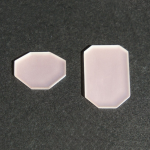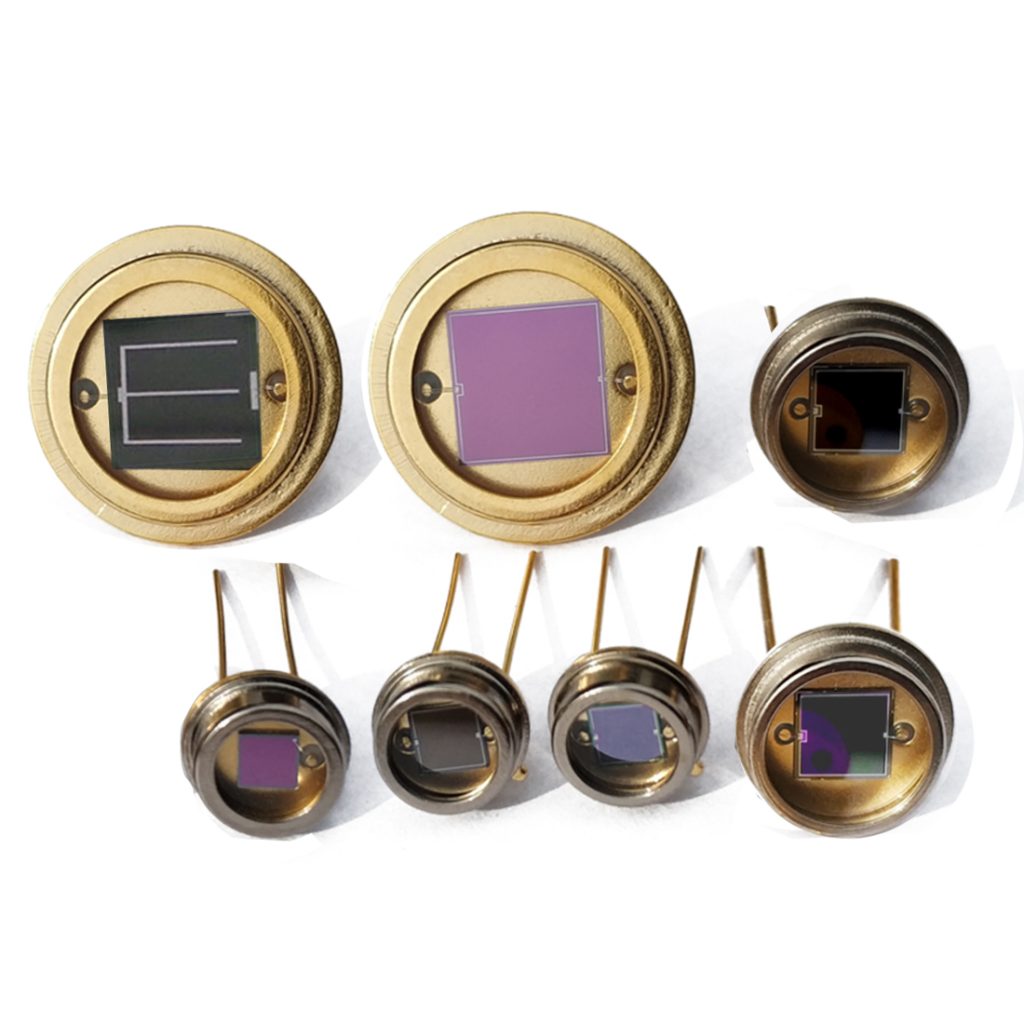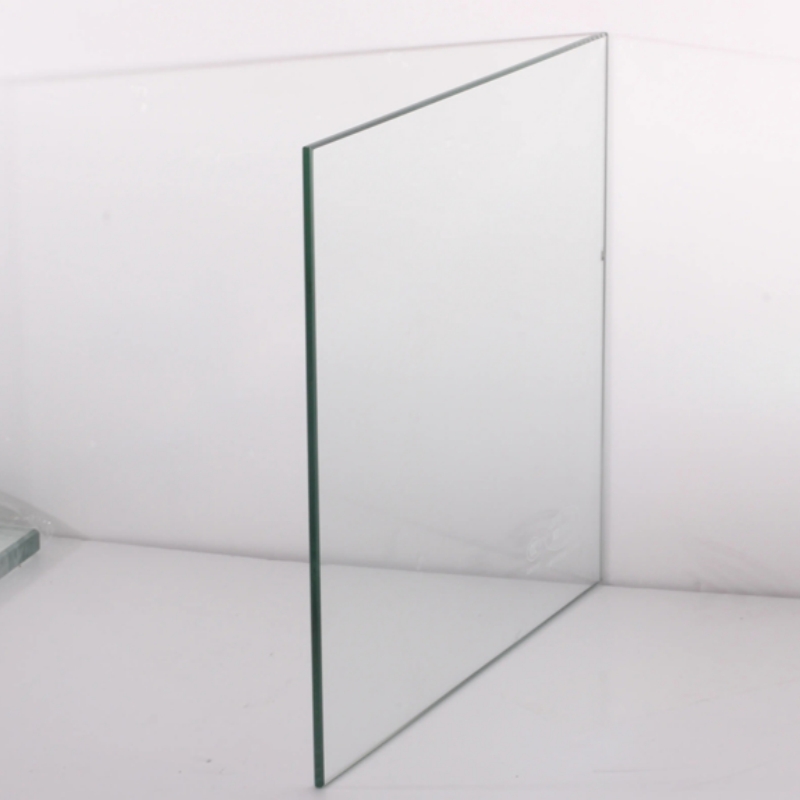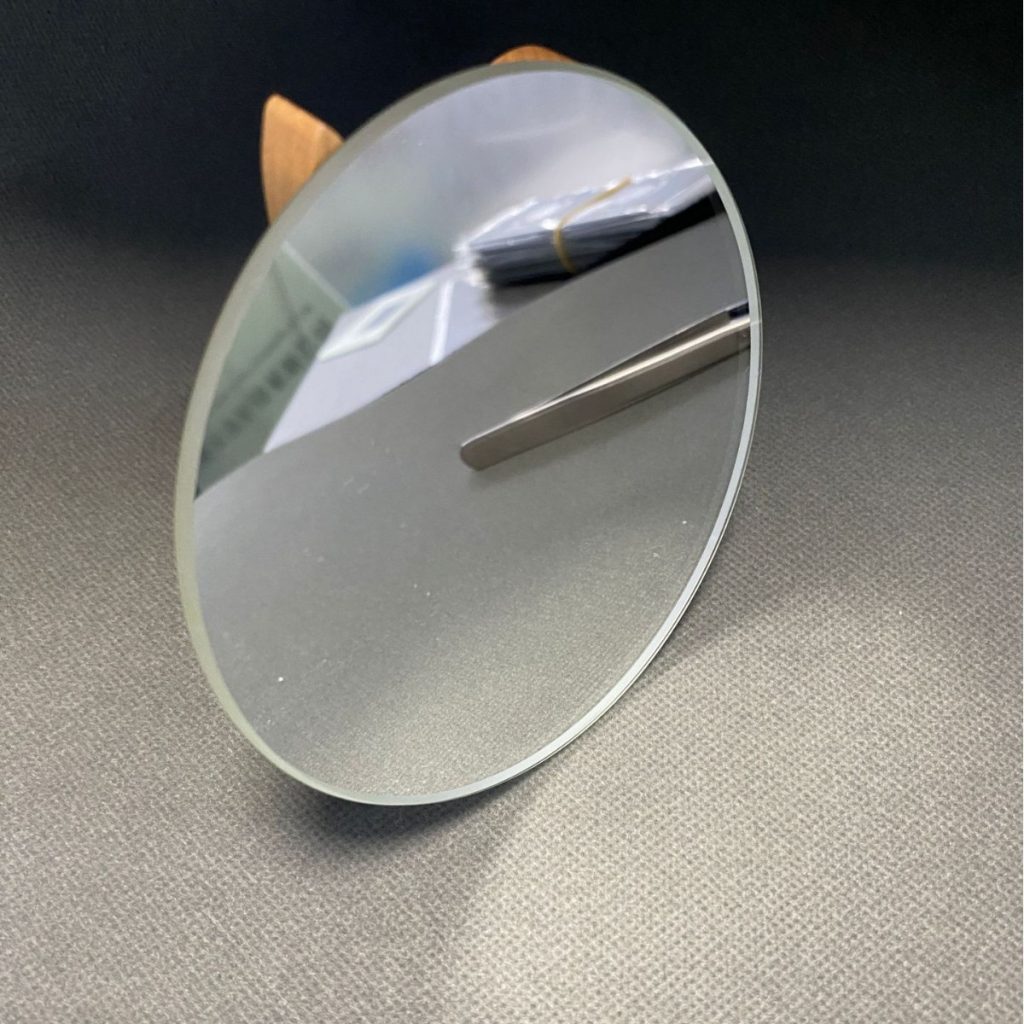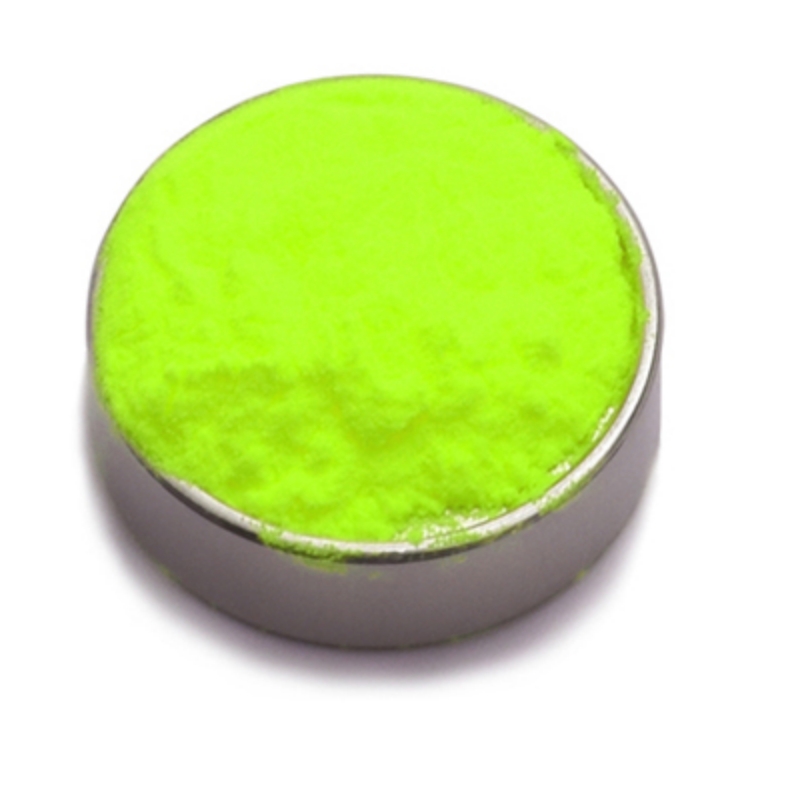Silicon vibrating mirror is a precision optical component designed for dynamic beam steering, rapid optical modulation, and controlled light reflection. Manufactured from high-purity crystalline silicon, it features excellent thermal stability, high reflectivity in infrared wavelengths, and strong resistance to environmental variations. This mirror is widely used in laser scanning systems, adaptive optics, lidar technology, and scientific instrumentation, ensuring reliable performance in high-speed optical applications.
Product Overview
The Silicon Vibrating Mirror is an optical component made from high-purity silicon, primarily used in applications like laser scanning. It is lightweight, compact, thermally stable, and mechanically robust, ensuring consistent performance even in harsh environments. Typically manufactured from single-crystal or polycrystalline silicon, the mirror features precision surface processing and specific optical properties, enabling it to control the direction, intensity, and accuracy of light reflection.
Key Features
- High Precision and Stability: The silicon vibrating mirror provides excellent light reflection control, allowing precise adjustments of beam reflection angles and intensities.
- Superior Thermal Stability: It can operate in high-temperature environments without being affected by thermal degradation over time.
- High Reflectivity: Silicon materials offer excellent light reflectivity, improving the optical efficiency of the system.
- Robust Mechanical Strength: Silicon's high mechanical strength makes it suitable for high-speed and high-load working conditions.
- Adaptability to Harsh Environments: With strong chemical stability, it maintains stable performance even in high humidity, strong corrosive, or other challenging environments.
Applications
- Laser Processing: Widely used in laser marking, laser cutting, and laser welding, where precise control of laser beam scanning enhances processing accuracy and efficiency.
- Optical Scanning Systems: Integral in laser scanners, microscopes, and similar equipment, improving scanning speed and precision.
- LiDAR (Light Detection and Ranging): Used as a mirror component in LiDAR systems, helping with precise beam scanning and imaging.
- Optical Communication and Sensors: In optical sensors and optoelectronic detectors, the silicon vibrating mirror helps improve the accuracy and efficiency of optical signal transmission.
- Integrated Circuits and Photonic Crystal Technologies: Also employed in integrated circuits, photonic crystals, and micro/nano optics, facilitating more efficient information processing and storage.
| Optical Property | Value |
| Transmission Range | 1.2-15 μm |
| Refractive Index | 3.41776 @ 10μm |
| Reflection Loss | 46.1% @ 10μm |
| Structure | Single crystal, synthetic |
| Cleavage Planes | <111 |
| Physical Property | Value |
| Density | 2.33 g/cm³ |
| Melting Point | 1414 ℃ |
| Thermal Conductivity | 163 W/(m·K) @ 313K |
| Thermal Expansion | 2.6 × 10⁻⁶/K @ 293K |
| Knoop Hardness | 1100 kg/mm² |
| Specific Heat Capacity | 712.8 J/(kg·K) |
| Dielectric Constant | 13 @ f = 9.37 GHz |
| Young's Modulus | 130.91 GPa |
| Shear Modulus | 79.92 GPa |
| Bulk Modulus | 101.97 GPa |
| Poisson's Coefficient | 0.266 |
| Chemical Property | Value |
| Solubility | Insoluble |
| Molecular Weight | 28.09 g/mol |
| Property | Value |
| Beam Range | 3mm, 5mm, 7mm, 8mm, 8.5mm, 10mm, 12mm, 14mm, 15mm, 16mm, 18mm, 20mm, 30mm, 35mm, 50mm, 70mm, 80mm |
| Wavelength | 10.6μm,1064nm,1550nm,532nm,355nm,266nm |
| Surface Quality | 40-20, 20-10, 10-5 |
| Surface Flatness | 位/4, 位/8, 位/10 |
| Clear Aperture | >90% |
| Coating | Metal Reflective Film, Dielectric Film |
Submit Your RequirementsWe will contact you within 24 hours.
 WOBO Scientific Research New Materials One-Stop Service Platform
WOBO Scientific Research New Materials One-Stop Service Platform





